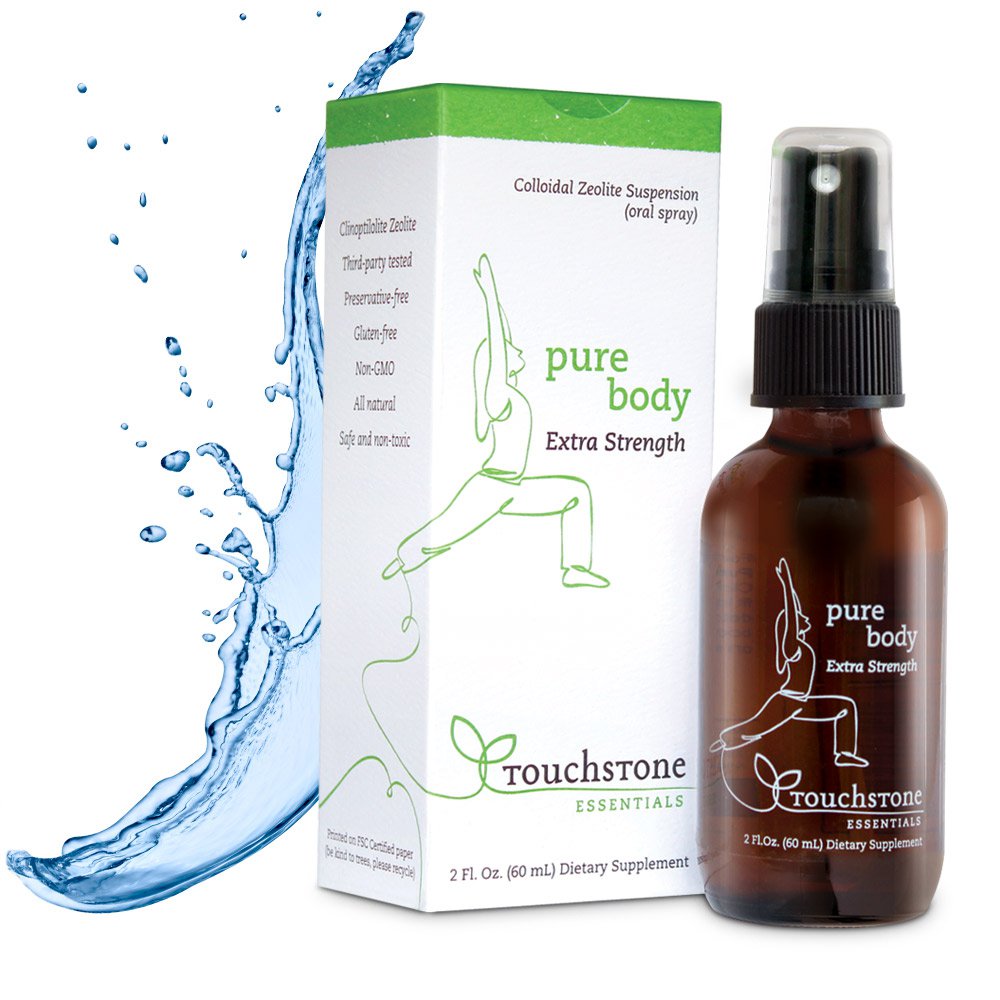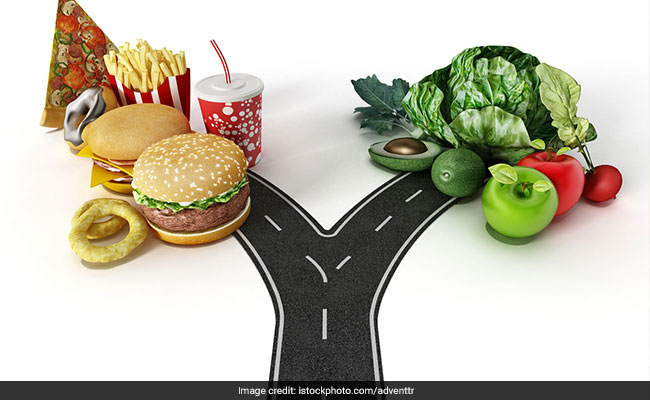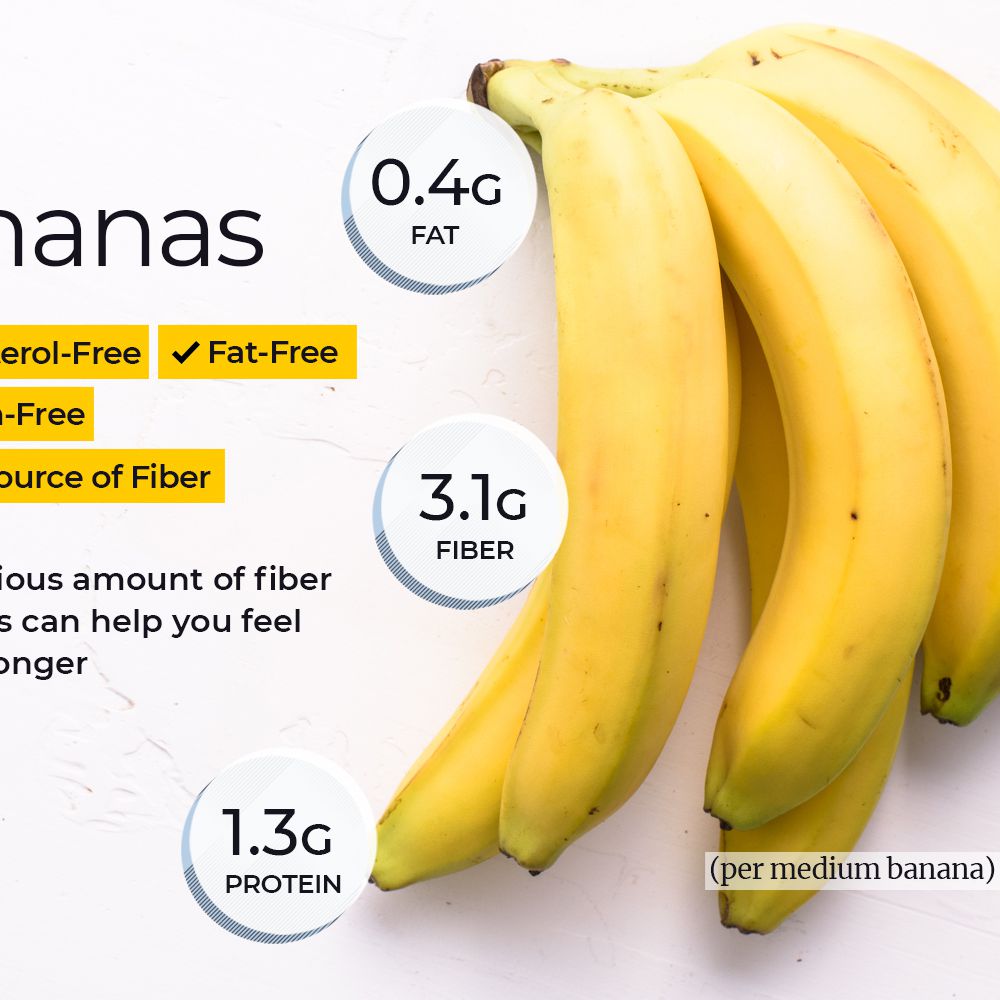
It is essential to eat a healthy diet when you want your skin to stay healthy. The quality of your food and how it is prepared can make a huge difference to your skin's appearance. Fruits and vegetables are essential, and you should choose low-fat dairy products whenever possible. Nuts, seeds, and beans should be included in your diet. Whole-grain products should be preferred when possible. Your intake of sweets should be restricted, but you should aim to include a range of these in your daily diet.
Antioxidants are found in vegetables and fruits. Antioxidants protect our skin against cellular damage from free radicals. These free radicals damage our skin cells and lead to age spots and wrinkling. Eat at least five servings of fruit or vegetables daily to get the most benefit. Betacarotene can be found in carrots and sweet potatoes, which is beneficial in fighting free radicals. Tomatoes and broccoli contain lycopene, which is an important component of healthy skin cells.
Avocados contain a lot of antioxidants. They fight free radicals, which can damage the DNA of healthy skin cells. Antioxidants are found in many foods, including blueberries, blackberries, and strawberries. Studies have shown that these berries reduce the likelihood of sunburn. These foods can be easily added to smoothies to increase antioxidant intake. Flaxseed is a good source of omega-3 fatty acid.
Asparagus has high levels Omega-3 fatty oils and antioxidants. This helps the skin stay hydrated. You should also include spinach, avocado, and beets in your diet to improve your complexion. These foods are rich in nutrients and phytonutrients. They also contain phytochemicals as well antioxidants. These nutrients help protect your skin from the damage of free radicals. To enhance the benefits of these foods, you can add some goat cheese or walnuts into your daily meals.
Green tea is another health food. Green tea is a wonderful way to reduce sun damage and prevent wrinkles. This antioxidant is found in green Tea, which helps reduce inflammation. Although green tea contains more antioxidants than coffee it's still a good choice for your health. It's a great way for your skin to get antioxidants and improve your health. You can also try almonds and green tea as a supplement.

Green tea is good for your skin. Certain teas may be more effective when taken with milk. It's rich in catechins which are powerful antioxidants that keep your skin hydrated. Red grapes, guavas and other fruits can also be added to your diet. These foods are rich in vitamin C. This helps protect your skin from the damage of free radicals. They also help to reduce the signs of aging. Green tea is a great choice for healthy skin.
Foods that contain healthy fats are essential for healthy skin. The best sources of these fats are fish, walnuts, and avocados. These foods will increase the number of skin cells and keep your skin soft. These foods will allow you to eat more nutritious foods, which will make your skin look younger. Your cancer risk will also be decreased. There are many foods that have greater health benefits than others. You can slow the effects of aging by eating healthy foods that promote youth.
Omega-3 fatty acid is another ingredient that helps maintain healthy skin. These can also be found in fish, and omega-3 supplements can help support the barrier of your skin. Soy is a great source of omega-3 fatty acids, and isoflavones are also beneficial to the condition of your complexion. These food items are rich in antioxidants and can help you maintain a beautiful complexion. These food items also contain antioxidants that are vital for healthy skin.

Another good source for zinc is salmon. Salmon is high in zinc but also contains omega-3 fat acids. Low zinc intake can increase your risk of developing inflammation, lesions, and delayed healing. Zinc is also found in salmon and avocados. These foods are great for skin health. Zinc is not only essential for skin health but also contains other essential minerals. These essential minerals are key to healthy skin.
FAQ
How much does culinary school cost?
The costs of culinary school can vary depending on where and how long it takes. The average tuition ranges from $10,000-$30,000 per year. Students graduate with approximately $20,000 of debt. There are programs that offer work-study and scholarships.
Is there a better career path for someone who dreams of becoming a chef? How can I start my career as a chef?
You should start as an apprentice if you are interested in becoming chef. Apprenticeships offer the chance to work for several year without any tuition fees. After your apprenticeship, you may apply for a role as a sous chef. Sous chefs work with cooks to prepare dishes and supervise them. They also supervise the operation of the restaurant.
What are some of the benefits of using slow cookers?
Slow cookers are extremely useful as they make it easy to cook delicious meals in a short time. Slow cooker recipes often have a lower oil and fat content than traditional recipes. Because they cook for you while you sleep, slow cooker recipes can be convenient.
How Do I Learn About Cooking?
There are many cooking classes available all over the country. Many schools offer courses in baking, pastry, and wine tasting. You can take a class at your local vocational school or community college if you are interested in learning more about cooking.
Statistics
- According to the BLS, chefs earn $58,740 a year. (learnhowtobecome.org)
- On average, chefs earn $58,740 a year, according to the BLS. - learnhowtobecome.org
- The median pay for a chef or head cook is $53,380 per year or $25.66/hour, according to the U.S. Bureau of Labor Statistics (BLS). (learnhowtobecome.org)
External Links
How To
How to make a perfect omelet
Omelets are one of my favorite foods to eat at breakfast. How do you make them perfect? I have tried many different recipes and methods, but none of them work. So today, I want to share some tips and tricks with you so you can make your own delicious and fluffy omelets every morning.
It is important to know that eggs can be temperamental when making omelets. It is important that eggs are fresh from an organic market and kept cool until used. If they are not kept cold enough, the whites won’t form properly. The yolks will also break down too quickly and become runny. This makes your omelets look weirdly colored. If you plan to cook the eggs right away, it is best to use room temperature eggs.
Another tip is to separate your egg before adding it into the pan. You don't want the white to get mixed with the yolk, as this could cause the egg to curdle.
The bottom part of an egg that is added directly to the stovetop might be burned, which could cause a ruined texture in your omelet. Instead, microwave the egg for 10 seconds before adding it to the pan. The microwave heat is sufficient to cook the egg without overcooking.
Next, let's talk about mixing the eggs. You want to mix the eggs thoroughly before you add them. You need to turn the bowl of the mixer upside down. Then shake the bowl vigorously. By doing this, the egg is thoroughly mixed with the air in the bowl.
The fun part begins - you need to pour the milk into your mixture. The first step is to pour half of the milk in the beaten eggs. Next, fold the eggs into the remaining milk. Don't worry if there are still streaks of egg visible; these streaks will disappear once you flip the omelet.
After you have folded the eggs, heat the oil in a pan over medium heat. Once the oil has started to sizzle, turn the heat down to low. When the oil is hot enough, add 1/4 cup butter to the pan. Stir it around until the butter covers the entire pan. Carefully open the pan's lid and add salt to the pan. Salt will prevent the omelet sticking to the pan.
Once the omelet has formed, cover the pan again and wait for the top side to set completely. Use a spatula to flip the omelet or turn the pan upside-down. Cook the other side for another minute or two. Take the omelet out of the pan and immediately serve.
This recipe is best when used with whole milk. But, you can use skimmed milk as well.